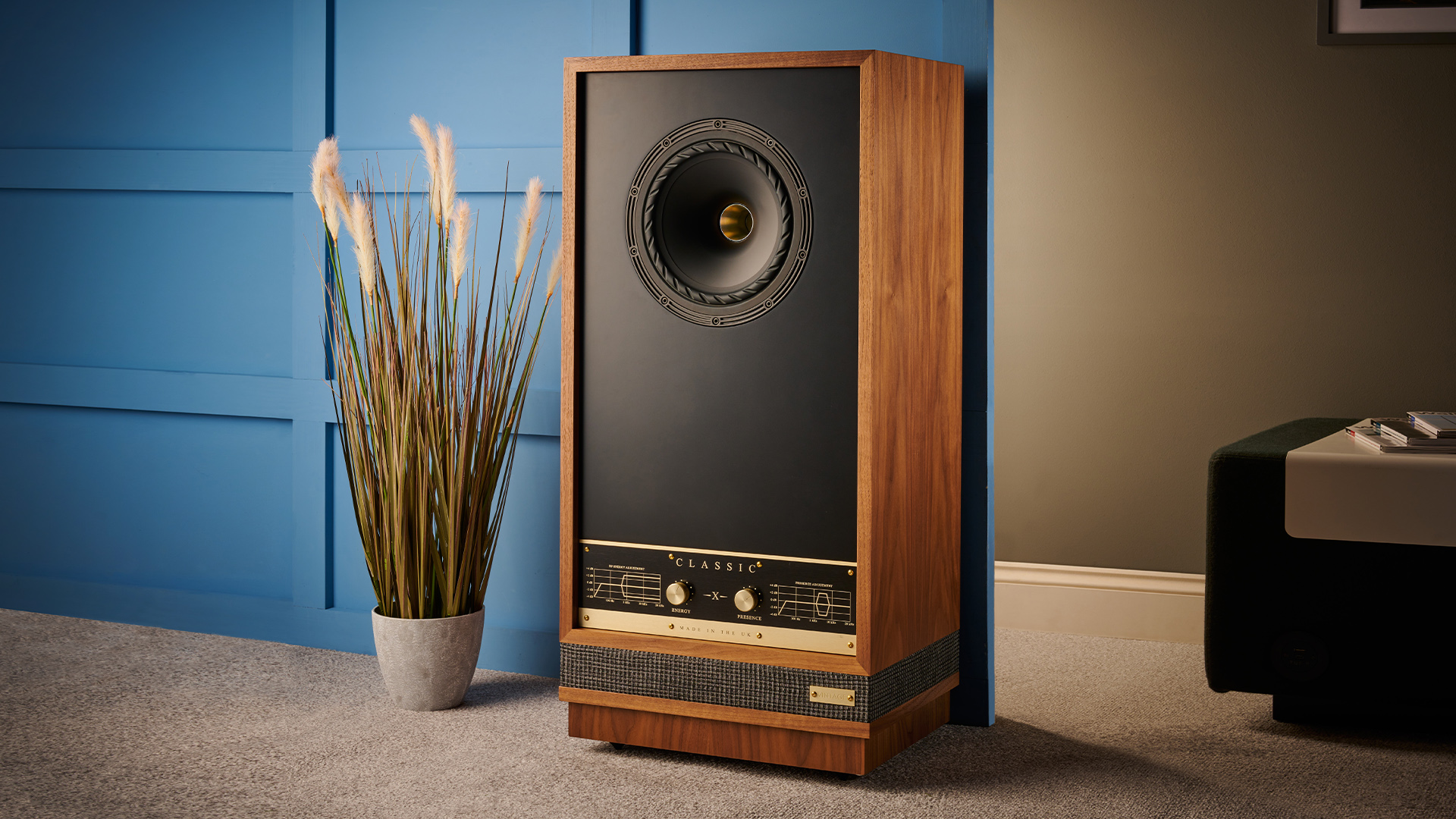
It is easy to underestimate a speaker like Fyne Audio’s Vintage Classic X. They look like they’ve been time-warped from the 1970s, with a huge, wider-than-deep walnut-covered cabinet and lovely adjustable dials to fine-tune their tone. We suspect a large proportion of worldwide sales will be down to the rather contrived aesthetics and that’s perfectly okay with us. Retro is certainly in at the moment and these speakers play that card as well as any piece of hi-fi we have come across in recent years.
Yet, for those not taken in by the Fyne’s retro charms, it would be wrong to dismiss these floorstanders as something of a novelty solely for those that yearn for the past. That would undersell the product significantly, as if you look past the appearance you will find one of the most charming speakers available for the money.
Build & design
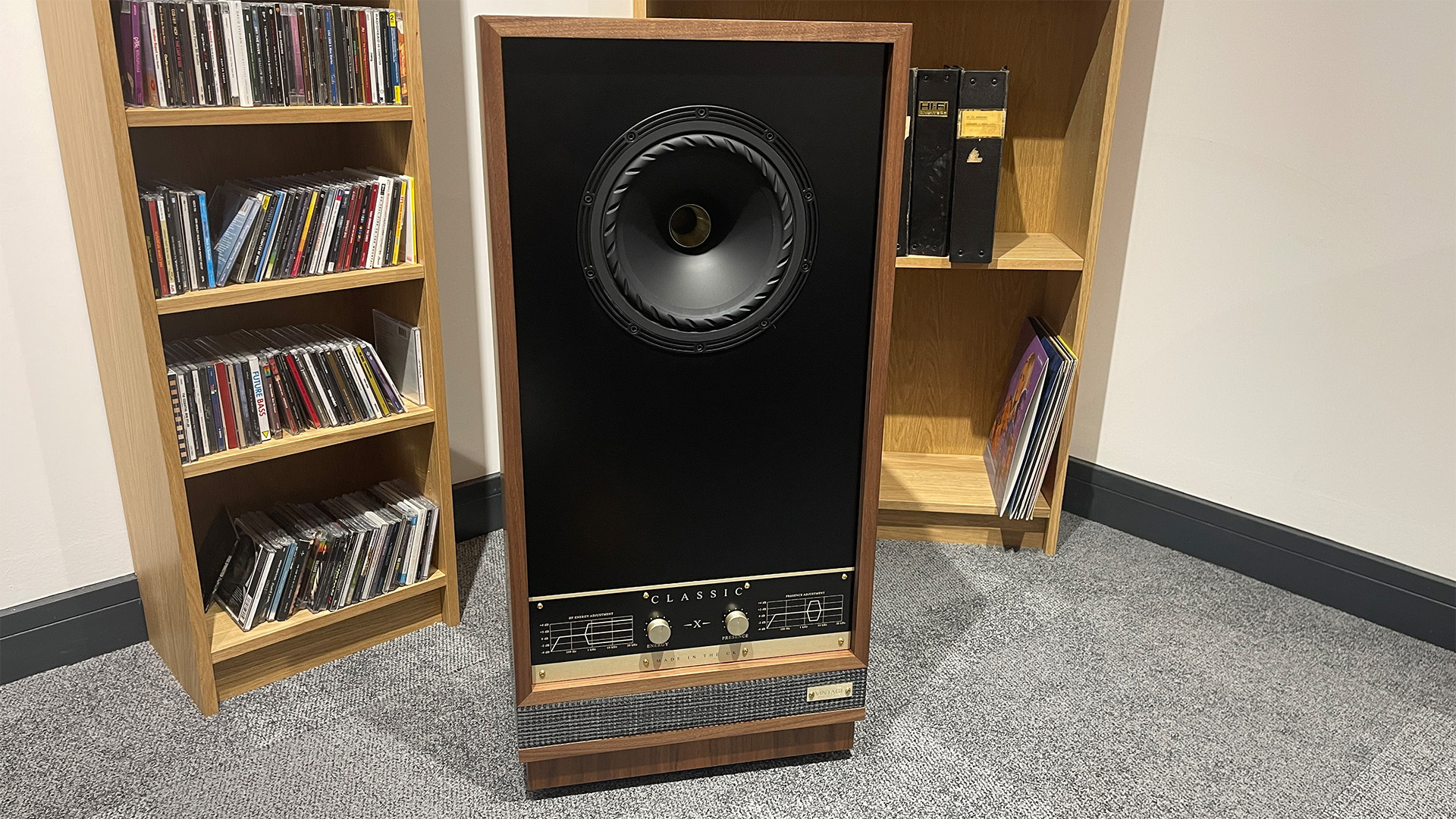
Fyne Audio may be a young company, being founded in 2017, but the people behind the brand have worked in the industry for decades. That experience is evident in how this product has been engineered. At its heart is the company’s trademark Isoflare point source driver array where the tweeter, in this case a 75mm titanium dome compression design, sits in the throat of the 25cm multi-fibre (posh paper) mid/bass unit.
There are many advantages to this kind of design, ranging from more consistent dispersion and better time alignment between the drivers to improved integration. The unusually large tweeter allows a crossover point that is unconventionally low at 750Hz – most conventional rivals push that up to between 2-3kHz range – and this has benefits in allowing the bulk of the midrange to be delivered by just one drive unit. The promise is of a more seamless and coherent sound in that all-important frequency region.
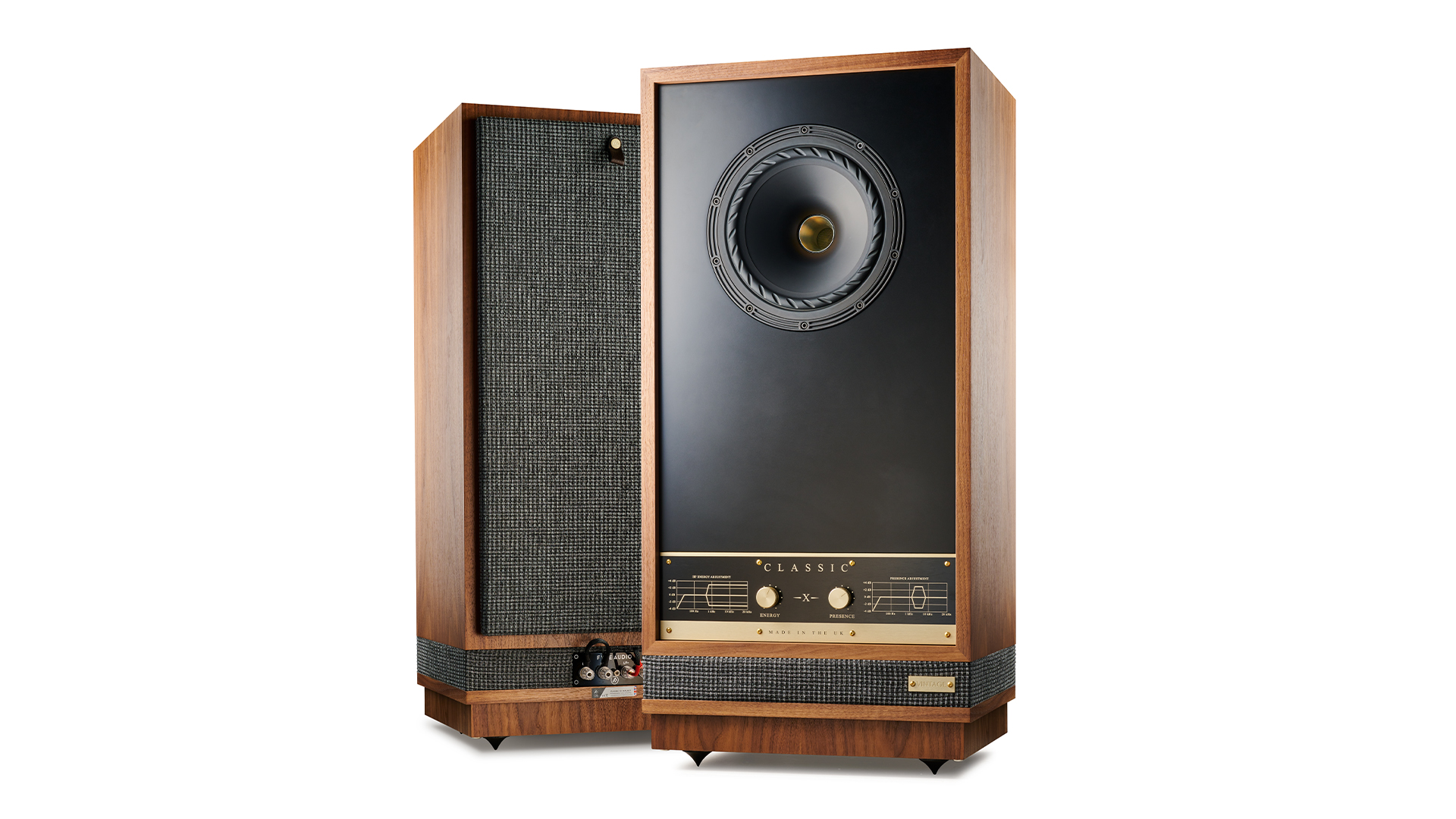
Type Two-way floorstander
Tweeter Horn-loaded 75mm titanium compression dome
Mid/bass 25cm multi-fibre cone
Sensitivity 94dB/W/m
Impedance 8 ohms
Size (hwd) 92 x 45 x 38cm
Weight 45kg each
A second-order crossover network links the two drive units and the result is a sensitivity of 94dB/W/m and a nominal impedance of 8 ohms. That sensitivity rating is unusually high by modern standards and means that it is possible to get generous volume levels even from some of the single-figure power output valve amplifier designs that are on the market.
The cabinet is huge when judged by current standards, with a frontal area similar to that of a tall washing machine, though the cabinet depth is fairly shallow at 38cm. The enclosure is made of high-density fibreboard and is extensively braced to aid rigidity. It is only available in one finish and that’s walnut, which suits the speaker’s character well. General standards of build and finish are as good as we would hope to find at this level.
You will find a pair of dials on the front and these allow a degree of fine-tuning to accommodate the room and your tastes. The Energy adjustment either lifts or lowers the 1.8 - 26kHz region to a maximum of 3dB either way, while the adjacent Presence control offers the same range of adjustment, but focuses between 2.5 - 5.0kHz. We can see these controls being useful for balancing the speaker's presentation in more difficult listening spaces.
Sound
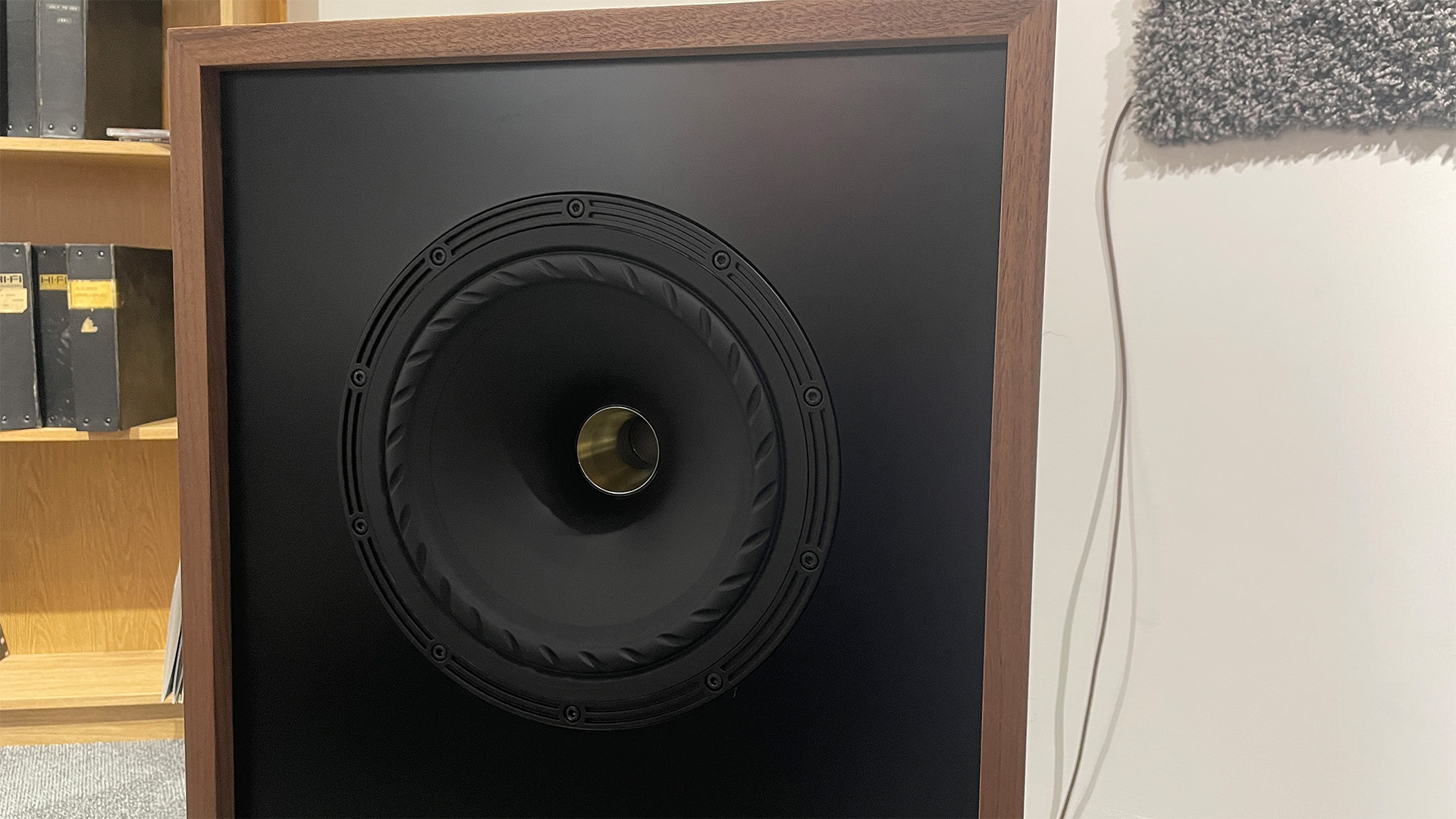
The Classic X are revealing speakers, so it makes sense to partner them with care. Our sources are the Naim ND555/555 PS DR music streamer and the Technics SL-1000R/Vertere Sabre record player. These speakers are unusually sensitive by current standards, so they don’t necessarily need to be driven by a monster amplifier. While we test them with our reference Burmester 088/911 MkIII combination (180 watts per channel), we also have a listen with Naim’s Supernait 3 (80 watts per channel) to see how the speakers cope with more modest partners.
These floorstanders don’t prove too fussy over placement, partly thanks to a clever downward-facing port arrangement that fires onto a specially-shaped diffuser to disperse bass notes more evenly into the listening space. In our 3 x 7 x 5m (hwd) listening room, these boxes sound right at home around half a metre out from the wall with a bit of angle towards the listening position. Positioned in this way they produce a nice, tonally-balanced sound with stable and focussed stereo imaging.
These qualities are evident when listening to Prokofiev’s Romeo And Juliet. This piece is a stern test, requiring the speakers to deliver large-scale dynamic shifts with muscle while having the composure and control to deal with the dense score. The Fynes duly oblige with an impressive sense of scale and authority.
Those looking at the Classic X’s old-fashioned appearance might well expect the soft, smooth and rich sonic balance that was popular back in the ’70s but that isn’t what we get. These floorstanders are front-footed performers that are as agile and articulate as you like. If anything, we can see them sounding a little forward and aggressive if poorly partnered or used in a bright-sounding room. That 75mm titanium compression dome has many impressive qualities but it doesn’t take long to realise that it isn’t the most refined or airy sounding unit around. Yet this rarely proves a distraction in our set-up where it still manages to integrate beautifully with that mid/bass unit.
The Classic X are impressively detailed speakers but don’t tend to highlight the point. Listen to a range of recordings, as we did, and you will notice that these speakers are explicit in the way they reveal differences in recording quality and production techniques. When it is in the recording, subtle acoustic information that gives clues as to the size of the recording space or concert hall is easily heard, which just goes towards making these speakers sound that much more convincing.
Most rivals like to emphasise the leading edges of notes, giving them a harder edge that adds punch to transients. That’s certainly not the case here. These Fyne speakers are refreshingly unforced and effortless in the way they render sound. They remain very easy to listen to over longer listening sessions and have the finesse to make that a worthwhile experience.
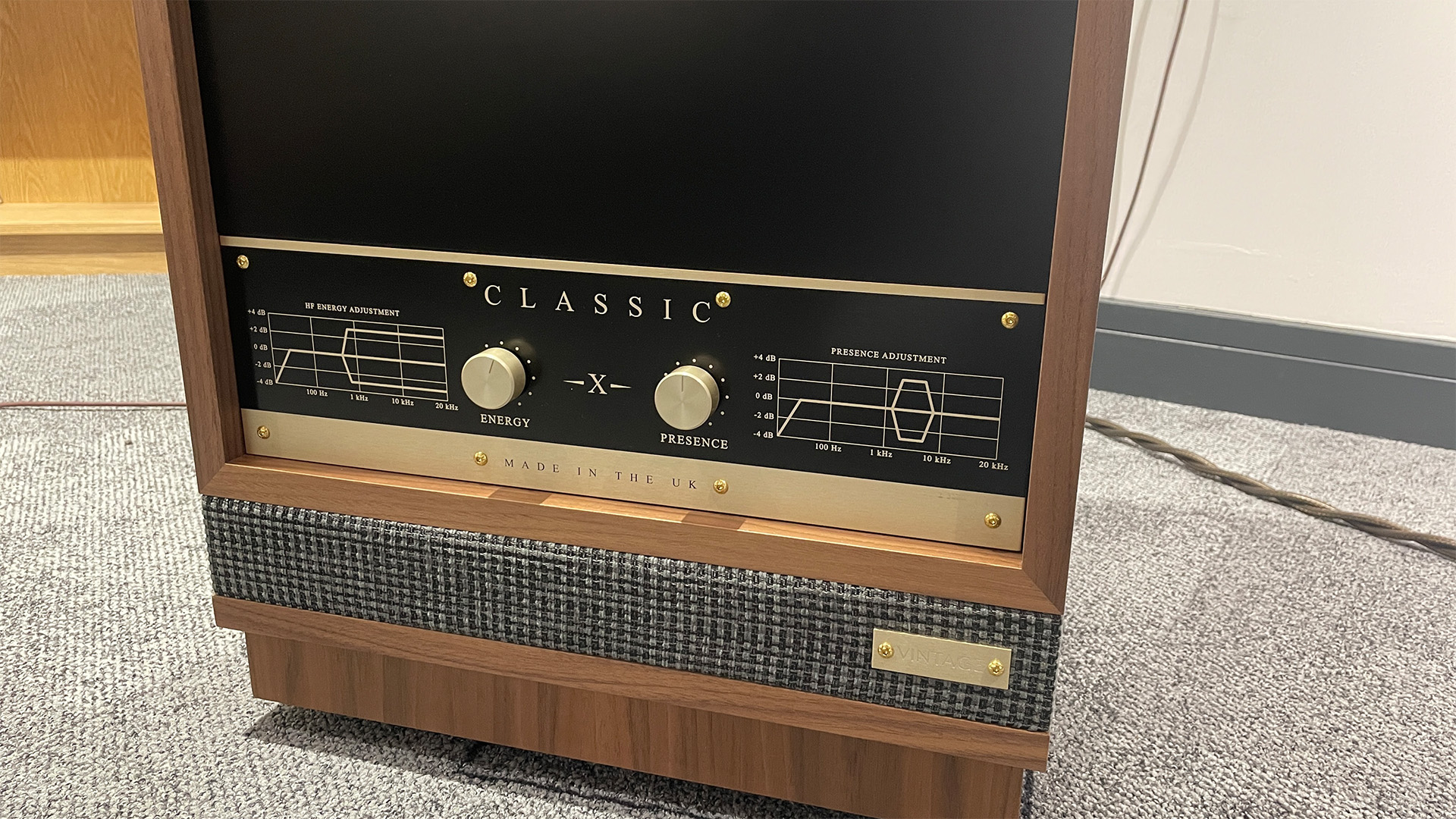
Tonally, the Classic X are hardly the purest performer around. Let’s describe them as characterful but decently balanced. If the combination of a 25cm mid/bass driver and huge cabinet gives you images of oodles of bass you would be only partially correct. The Fyne’s seamlessly integrated lows are wonderfully textured, nicely extended and tuneful, but also not as muscular as those super-size ingredients would suggest. Yet, these speakers are so supremely fleet-footed in the way they reproduce bass that we find this infinitely preferable to the heavy-handed way most floorstanders cope with this part of the frequency range.
Such a balance works beautifully with George Michael’s Fast Love, which motors along at full throttle. The Fynes deliver the song’s infectious rhythm with breathtaking verve. Michael’s vocals come through with clarity and passion while the dense instrumental backdrop is immaculately organised into a coherent and musical whole. There is a great sense of musical momentum here and that makes these speakers great fun to listen to. Sure, it is possible to get a more analytical rendition for the money, but we can’t think of an alternative that matches the Fyne’s all-of-a-piece presentation and musical nature.
They also excel at low volume levels where the music still manages to retain most of its exuberance and energy. This rare trait makes these speakers ideal for those that listen late at night or want to listen without disturbing others in the house. It is surprising just how poor most alternatives sound when asked to perform quietly. It seems to be something of a blind spot for most manufacturers.
Verdict
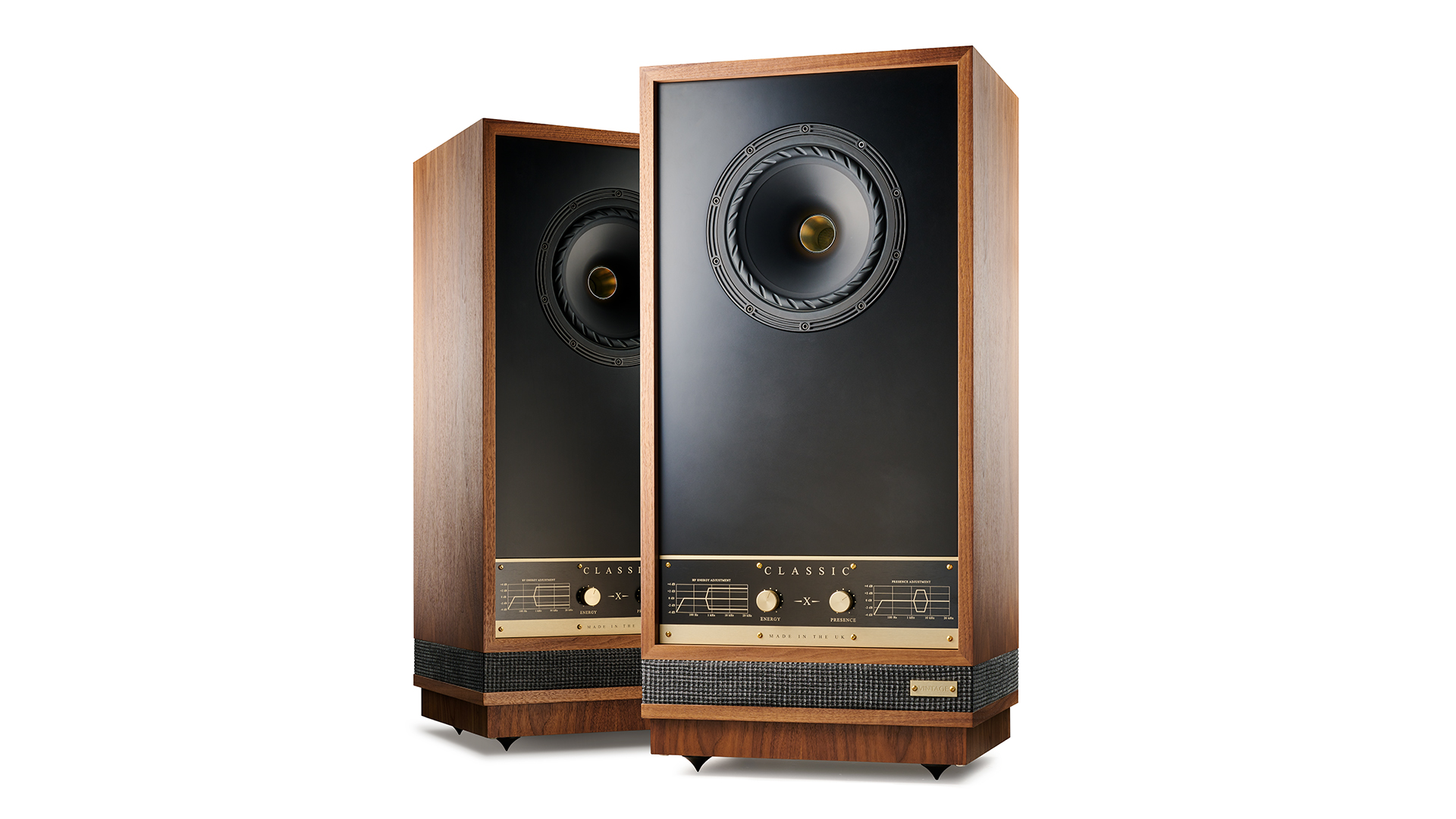
Fyne Audio’s Vintage Classic X are always going to be something of a Marmite product. Their appearance will undoubtedly split opinion, but there is so much talent behind that olde-worlde aesthetic that we would encourage anyone lucky enough to be able to be in the market to put this one on the shortlist. Close your eyes if you have to. You will be glad you made the effort.
SCORES
- Sound 5
- Build 5
- Compatibility 5
MORE:
Read our review of the Wharfedale Elysian 4
Also consider the ATC SCM 40







